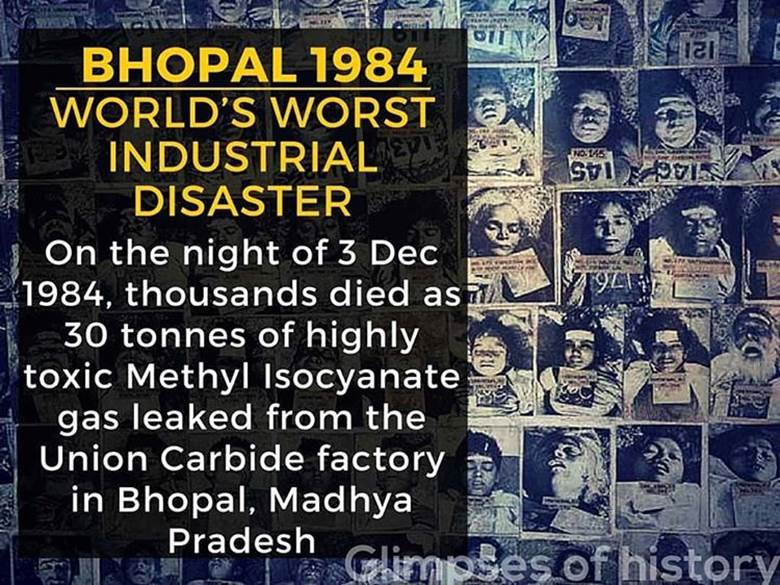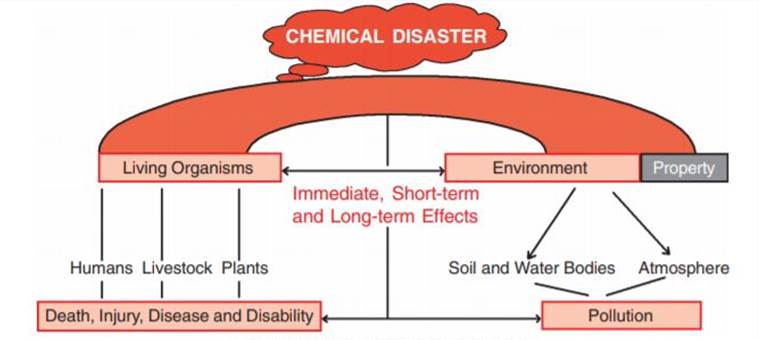Free Courses Sale ends Soon, Get It Now


Free Courses Sale ends Soon, Get It Now



Copyright infringement not intended
About
Disaster
Chemical disasters:

.jpg)
Regulatory Framework for the management of Chemical Disasters:
https://indianexpress.com/article/explained/bhopal-gas-tragedy-1984-explained-8303103/
https://t.me/+hJqMV1O0se03Njk9
© 2024 iasgyan. All right reserved